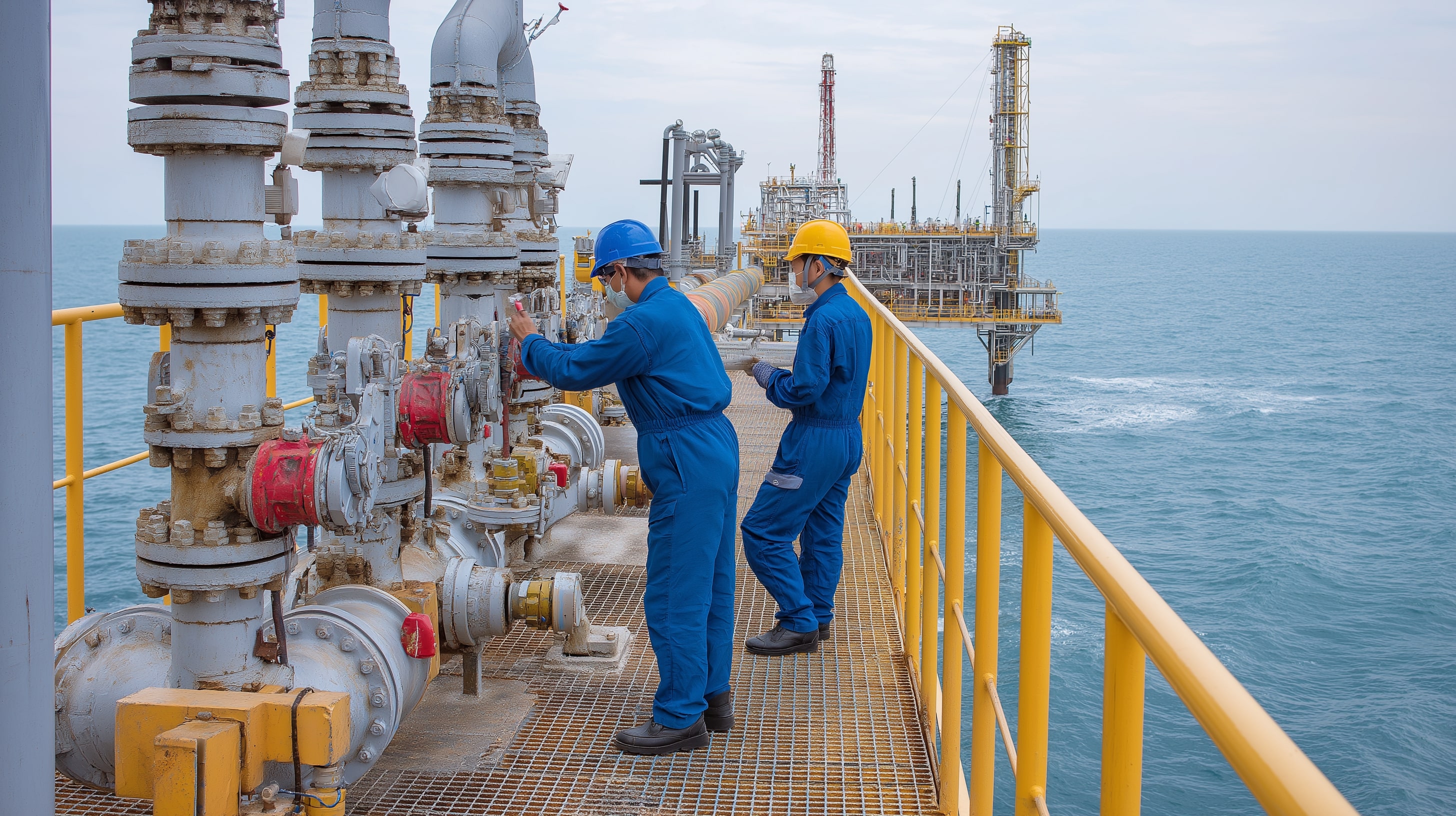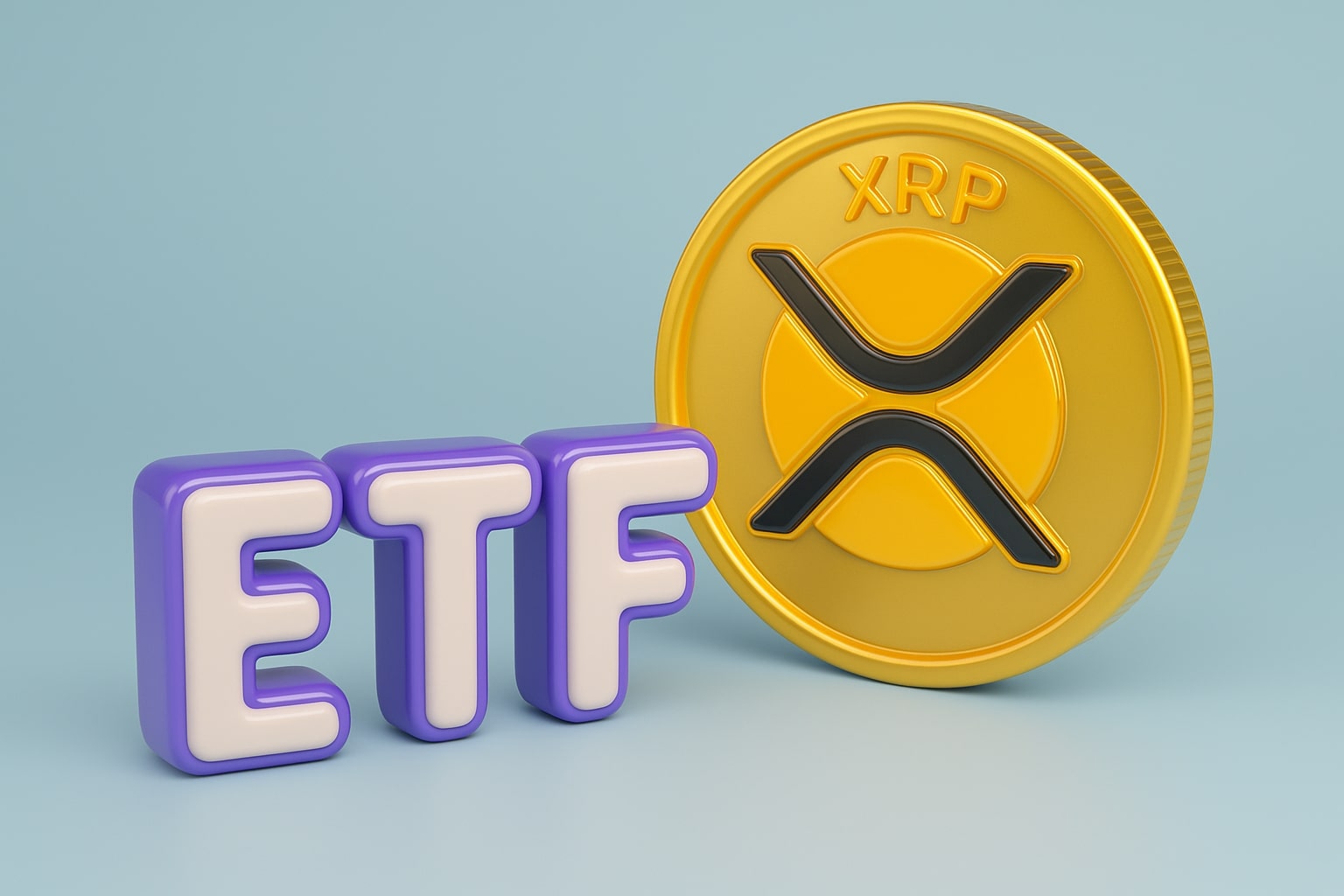Oil Market Balances on Supply Surge and Geopolitical Shock: WTI (CL=F) Holds Near $58, Brent (BZ=F) at $61 Amid Shifting Trade Flows
Global oil markets entered a volatile phase this week as traders struggled to balance rising OPEC+ supply, slowing demand, and intensifying geopolitical risk. West Texas Intermediate (CL=F) traded near $58.25 per barrel, while Brent crude (BZ=F) held around $61.80, both hovering close to their lowest levels since May. The drop of nearly 6% since early October has erased most of the summer rally, as a sharp increase in OPEC+ production and uncertainty over U.S.-China trade tensions weigh heavily on sentiment. With U.S. inventories climbing and global crude in transit up by over 100 million barrels, the International Energy Agency (IEA) now warns of a larger-than-expected supply surplus through early 2026.
OPEC+ Output Rises by 630,000 Barrels Per Day as Inventories Hit Four-Year Highs
The latest OPEC+ data confirmed what traders had feared for weeks: production discipline is fading. Combined output from the group rose 630,000 barrels per day (bpd) in September, led by Saudi Arabia, Iraq, and the UAE, whose collective production increased by over 400,000 bpd. Despite voluntary curbs, Russia maintained flows above 9.3 million bpd, signaling no intent to cut further ahead of winter. Global observed inventories jumped by 17.7 million barrels in August, reaching 7.909 billion barrels, while “oil on water” volumes surged 102 million barrels in September. Analysts note this glut mirrors pre-pandemic imbalances and risks sending Brent (BZ=F) below the psychologically critical $60 threshold. Bank of America warned that if Chinese demand weakens further or new tariffs are imposed, Brent could fall below $50, a level not seen since 2020.
U.S.–China Trade Tensions Reignite Fears of Global Demand Collapse
A new round of tariff threats from Washington jolted markets midweek. President Donald Trump’s announcement of a potential “massive tariff expansion” on Chinese imports has intensified pressure on commodity markets already hit by weak industrial data. Energy traders reacted swiftly, fearing a slowdown in Asian refining margins. The U.S. Dollar Index’s rebound compounded selling pressure, making dollar-priced commodities less attractive to foreign buyers. The IEA trimmed its 2025 and 2026 demand growth forecast to just 700,000 bpd per year, down from 1.1 million bpd, citing the slowdown in Chinese imports and weaker-than-expected Indian consumption. While Asia remains the cornerstone of global demand, the uncertainty surrounding Beijing’s industrial recovery is keeping Brent and WTI (CL=F) under sustained pressure.
India and Russian Oil Trade Realignment Sparks Market Turbulence
The geopolitical spotlight turned toward New Delhi after U.S. President Trump claimed Indian Prime Minister Narendra Modi had pledged to halt Russian oil purchases—a bold move given Russia supplies roughly one-third of India’s imports. Oil markets responded sharply, with Brent rising to $62.23 and WTI climbing to $58.47, as traders priced in potential disruptions to global crude flows. Yet, India quickly downplayed the claim, insisting its priorities remain price stability and energy security rather than alignment with Western sanctions. Russian officials, meanwhile, expressed confidence that their partnership with India would endure. Still, even a partial reduction in Indian imports from Russia could redirect up to 1.3 million bpd of crude to new markets, reshaping pricing dynamics across Asia and Europe.
Russian Refining Infrastructure Hit Hard by Ukrainian Drone Strikes
On the supply side, Ukraine’s sustained campaign of drone strikes continues to erode Russia’s refining capacity. Facilities such as the Saratov and Ufaneftekhim refineries were forced to halt operations, curbing output by an estimated 200,000 bpd this week alone. Russia’s energy ministry responded by postponing scheduled maintenance to stabilize supply, but analysts expect the damage to constrain exports through Q4. PVM Oil Associates noted that “the plummeting availability of Russian products and crude oil should create a floor under the market,” suggesting Brent’s $58.40 April low may hold as a technical bottom. However, the supply loss has yet to fully offset the global surplus, keeping volatility elevated as traders await confirmation of Indian policy and further U.S. sanctions.
New Western Sanctions Tighten the Noose on Russia’s Energy Giants
Adding to the tension, the United Kingdom imposed fresh sanctions directly targeting Rosneft and Lukoil, two of Russia’s largest energy exporters. The restrictions are aimed at limiting their access to financing and advanced refining equipment, tightening the squeeze on Moscow’s energy revenues. Despite sanctions, Russia’s oil and fuel export income has already fallen by nearly 15% year-over-year, according to energy ministry data. Market participants expect further sanctions coordination with the United States in the coming weeks, which could disrupt roughly 300,000 bpd of product exports if fully enforced. The sanctions come as Moscow increases efforts to deepen its ties with China, Turkey, and parts of Africa, attempting to offset losses in European markets.
Brazil’s Offshore Expansion and OPEC+ Deepwater Momentum
While the traditional heavyweights of OPEC+ grapple with excess supply, Brazil is emerging as a major growth engine in global production. Equinor ASA (NYSE:EQNR), alongside ExxonMobil (NYSE:XOM) and Petrogal Brasil, launched full-scale production at the Bacalhau field in Brazil’s Santos Basin, the largest offshore project operated by a foreign company in the country. The field, with recoverable reserves exceeding 1 billion barrels of oil equivalent, began pumping this week via a floating production storage and offloading (FPSO) unit capable of 220,000 bpd. Equinor highlighted that the operation’s carbon intensity stands at just 9 kilograms of CO₂ per barrel, making it one of the most efficient deepwater operations globally. The Bacalhau start-up positions Brazil as a top-tier supplier outside OPEC, potentially offsetting tightening from Saudi Arabia or disruptions in Russia. Equinor expects the project to generate over $5 billion in free cash flow by 2030, reinforcing Brazil’s ascent as an energy superpower.
Saudi Aramco Warns of Global Underinvestment as OPEC+ Faces Structural Risk
Even as production rises, Saudi Aramco (TADAWUL:2222) CEO Amin Nasser cautioned that chronic underinvestment in oil exploration could lead to a severe supply crunch within the next five years. Aramco maintains its capacity to produce 12 million barrels per day for at least one year, but Nasser emphasized that global investment of $18.2 trillion will be required by 2045 to meet projected demand. The remarks highlight a growing divide between short-term oversupply and long-term scarcity. OPEC’s internal audit of so-called “paper barrels” and speculative trading further revealed distortions in market pricing, with the group pledging stricter oversight on unbacked contracts.
Technical Analysis: Crude Tests Key Support as Traders Search for a Bottom
From a technical standpoint, both WTI (CL=F) and Brent (BZ=F) futures are testing critical support zones that could define the next major leg. WTI’s support rests at $57.90, with resistance at $60.40, while Brent’s lower boundary sits at $61.20, capped by resistance near $63.80. The Relative Strength Index (RSI) has dipped below 40, indicating short-term oversold conditions. Traders are watching for potential rebounds toward $62 for WTI and $65 for Brent should geopolitical risks deepen. However, sustained failure to hold above these levels could trigger a slide to $55, aligning with Bank of America’s bearish case for sub-$50 Brent if Chinese demand deteriorates.
Corporate Developments: Occidental, TotalEnergies, and Repsol Reinvent Strategy Amid Uncertainty
Occidental Petroleum (NYSE:OXY) CEO Vicki Hollub reinforced her expectation for oil to stabilize near $60 through 2026, before rebounding in the latter half of the decade. Meanwhile, TotalEnergies (EPA:TTE) projected higher Q3 earnings driven by a production surge, and Repsol (BME:REP) advanced its AI-driven digitalization initiative in partnership with Accenture to streamline operations. The Spanish major deployed 22 autonomous AI agents across its digital division, citing efficiency gains that align with its broader decarbonization strategy. These shifts underscore a transformation in the energy sector—where data optimization and emission reduction are now critical performance metrics alongside production volumes.
Macro Outlook and Verdict: Crude Oil (CL=F, BZ=F) Poised Between Structural Surplus and Geopolitical Floor
Oil’s current price zone near $58–$62 reflects an uneasy equilibrium between oversupply and geopolitical risk. The combination of rising OPEC+ output, softening Chinese demand, and a resilient U.S. dollar keeps downward pressure intact. Yet, the potential for Indian import reductions, Russian refinery damage, and underinvestment concerns has placed a de facto floor under prices. The short-term tone remains bearish-neutral, but any escalation in supply disruptions or geopolitical realignment could swiftly ignite a rebound toward $65–$68 Brent and $62–$63 WTI. For now, the data suggests a Hold stance on crude exposure—hedging downside risk below $57 while maintaining upside optionality amid growing geopolitical and structural supply fragility.
That's TradingNEWS




















